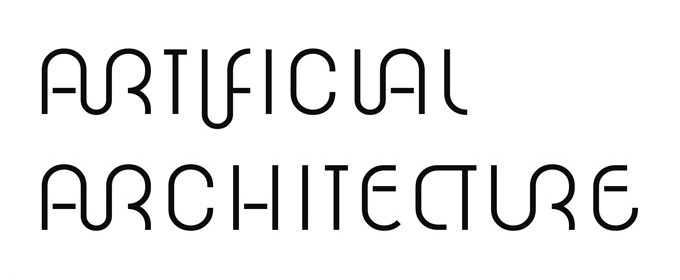BWCFA
Build with Composites for Architecture

Through research, teaching and experimental practice,
BWCFA is devoted to exchanging, developing and pooling knowledge and approaches
on the use of composites materials as structure for architecture.
Composites and architecture: context and challenges of a structural use
To date, composite materials are seldom used in full building structure in the field of architecture.
They are little known by clients and project teams and they are inexistent in teaching
and research at French national schools of Architecture. Many experimental applications
were developed worldwide during the 1960s and 1970s. Today, some realizations have benefited
from recent research and development in the domain of civil engineering.
The composites specific qualities –mechanical, thermal, water and vapour-proofing capacity–,
strength-to-weight ratio, low maintenance cost all make them an extremely high-performance
and very competitive material in the new context of architectural production.
In addition, current research on composites (bio-sourcing, recyclability, environmental assessment),
the advancement of forming and construction processes, the advancement of calculation tools,
characterization and nondestructive testing tools and the development of metacomposites,
offer new perspectives for a structural application of composites in architecture.
Social and demographic changes, urban densification and the challenges of energy transition
all create a stimulating context for finding new constructive solutions and systems.
This sector of activity is potentially very competitive if it is used to develop, in conjunction
with architects, structural solutions which favor the sustainability of the building projects.
Proposed and initiated by
/ Christelle Chalumeaux,
architect and lecturer-researcher,
Lhac, National School
of Architecture of Nancy, France;
/ Luc Boulais, architect,
Artificial Architecture founder
Working group composition
The Working group consist of core members
and flexible members from research,
university, industry, engineering
and architectural practice, economy
and philosophy. In addition, advisers
may accompany members to meetings.
In collaboration with
The Navier Laboratory
at the École des Ponts Paris Tech,
partner for the environmental component.
/ Jean-François Caron, director of research
/ Adélaïde Ferraille, researcher
Supported by
/ French Ministry of Culture and Communication
The Office of Architectural, Urban
and Landscape Research (Braup) department
/ Orgagec
/ Épron Fund –Research Fund of the National Superior
School of Architecture, Nancy, France (Énsan)
/ Région Lorraine –“European Valley of Materials,
Energy and Processes” department
